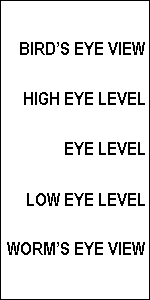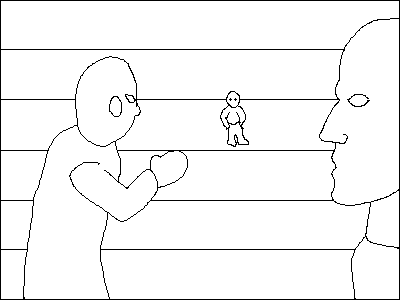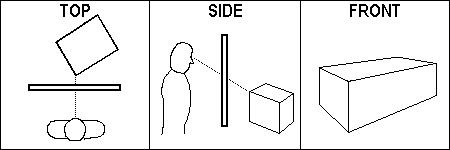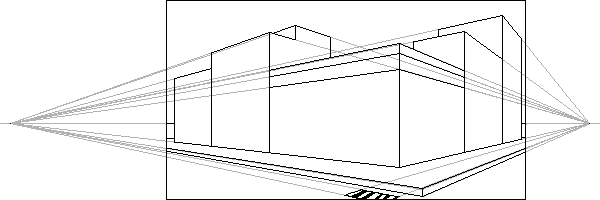1 Point Perspective is all about the flat face of an object heading
into or coming out of the
Picture Plane. It is often called Parallel Perspective because the face
of the object is parallel
to the Picture Plane. (See the views below if this is confusing.)
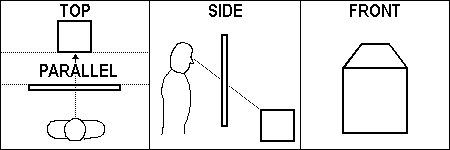
All lines are perfectly vertical, perfectly horizontal, or recede to
the Vanishing Point. What is a Vanishing point you ask? If you have
ever stood on train tracks and looked as they head off into the distance,
the rails appear to get closer and closer to one another until they
finally meet. We know logically that the rails cannot actually meet
or the train could not use them, but the visual effect over distance
is that they do. The point at which they meet is called the Vanishing
Point. Noptice how all non-vertical non-horizontal lines go to the Vanishing
Point in the image below.
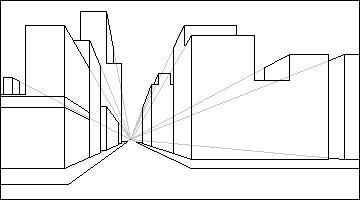
Rule of thumb on Distortion in 1 Point Perspective. To avoid distortion,
create an ellipse connecting the 4 points of Petruvius's Golden Mean
and
make sure the Horizon Line and the Vanishing point are both within the
ellipse.
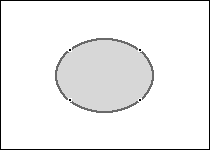
Lastly, if you want to make learning 1 Point Perspective easier, nail
the face down first. Once you have the face of an object it will be
more apparent which corners go to the Vanishing Point.
